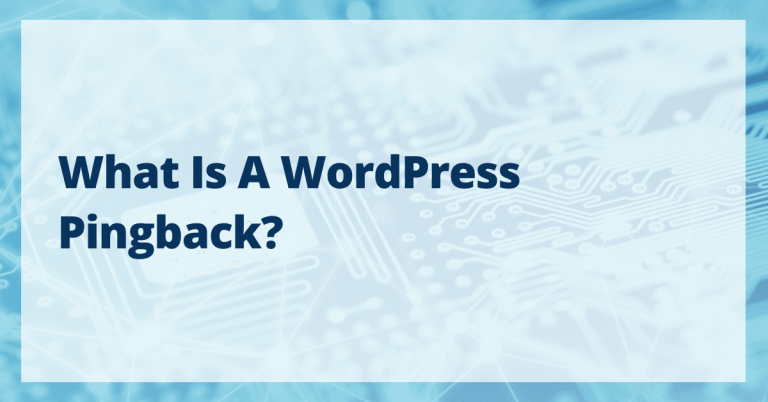Exploring Lift and Shift Cloud Migration: Definition, Benefits, and Considerations
It’s clear that transitioning to cloud servers is the wave of the future for the majority of businesses. The pressing questions are when to migrate and how to do it effectively. Without a well-planned strategy, migrating workloads to the cloud can become expensive and complex. One method to consider is a lift and shift cloud migration, which can reduce disruption for your users.
Shifting to a cloud environment presents challenges as data is in constant use and must be updated while configuring new server connections to prevent disruptions.
Lift and shift migration is a popular method for transferring your app to the cloud. This approach involves relocating your entire application in its current form to a cloud-based platform using an Infrastructure-as-a-Service (IaaS) model. This strategy is viewed as the quickest way to transition to the cloud without extensively redesigning your application. By making minimal alterations, you can save on development costs and quickly reap the benefits of cloud services.
Lift and shift migration should be compared with other methods like replatforming, which encompasses modifying your application to leverage IaaS and Platform-as-a-Service (PaaS) features. Options also include revising your code before migration, completely rebuilding your app’s architecture, or even retiring your app in favor of a third-party Software-as-a-Service (SaaS) solution. Business-Process-as-a-Service (BPaaS) allows the entire process to be outsourced.
Cloud servers offer numerous advantages. They tend to be more secure, manage data better, and incorporate proper encryption, redundancy, and isolation. Cloud servers can be updated instantly while applications are running, utilizing only the necessary resources. In contrast, setting up new on-premises servers often requires downtime, higher initial costs, and complex implementation processes.
Migrating to the cloud ultimately leads to long-term cost savings. Cloud providers operate efficiently at scale and can offer managed services, allowing engineers to focus on developing features rather than managing networks. This makes cloud-based business processes highly cost-effective.
There are five main types of migration strategies: Rehost (Lift and Shift), Replatform, Revise, Rebuild or Rewrite, and Replace. Each prioritizes different aspects and may suit different situations better.
Lift and shift migration is easier to orchestrate and provides immediate benefits with minimal software changes. However, there can be drawbacks such as potentially higher costs for some applications than well-maintained on-premises servers, lack of specific provider certifications (e.g., HIPAA), and possible benefits from choosing other migration strategies for certain apps.
Choosing the best migration method depends on various factors including the state of your servers, resources, current applications, and future goals. Key questions involve the core nature of the app, long-term maintenance expectations, coding changes required for cloud migration, cost-saving priorities, infrastructure agility, availability of comparable SaaS apps, security needs, public vs private cloud considerations, and any specific timeframes involved.
Liquid Web can address many potential drawbacks with managed, scalable infrastructure options that meet compliance standards like HIPAA. When considering cloud migration, consult your team to determine the most appropriate path forward.
For more information about migrating your app to the cloud, Liquid Web offers extensive experience in server solutions. Their Private Cloud powered by VMware provides managed services based on a highly available infrastructure with simple pricing models and 24/7 support. Contact Liquid Web for assistance in selecting the ideal plan for your lift and shift migration.





